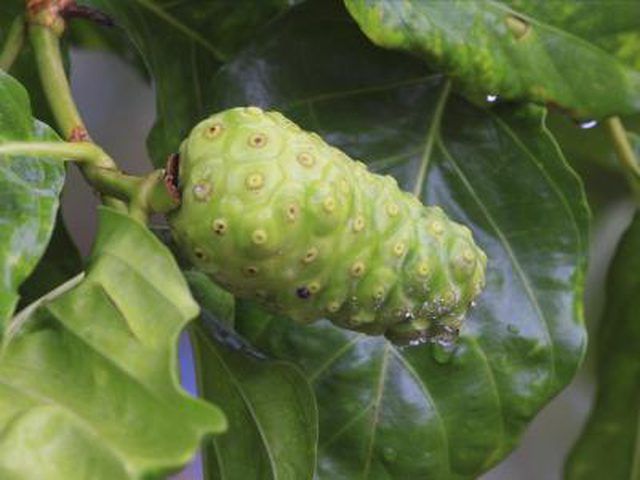Bulbs
Flower Basics
Flower Beds & Specialty Gardens
Flower Garden
Garden Furniture
Garden Gnomes
Garden Seeds
Garden Sheds
Garden Statues
Garden Tools & Supplies
Gardening Basics
Green & Organic
Groundcovers & Vines
Growing Annuals
Growing Basil
Growing Beans
Growing Berries
Growing Blueberries
Growing Cactus
Growing Corn
Growing Cotton
Growing Edibles
Growing Flowers
Growing Garlic
Growing Grapes
Growing Grass
Growing Herbs
Growing Jasmine
Growing Mint
Growing Mushrooms
Orchids
Growing Peanuts
Growing Perennials
Growing Plants
Growing Rosemary
Growing Roses
Growing Strawberries
Growing Sunflowers
Growing Thyme
Growing Tomatoes
Growing Tulips
Growing Vegetables
Herb Basics
Herb Garden
Indoor Growing
Landscaping Basics
Landscaping Patios
Landscaping Plants
Landscaping Shrubs
Landscaping Trees
Landscaping Walks & Pathways
Lawn Basics
Lawn Maintenance
Lawn Mowers
Lawn Ornaments
Lawn Planting
Lawn Tools
Outdoor Growing
Overall Landscape Planning
Pests, Weeds & Problems
Plant Basics
Rock Garden
Rose Garden
Shrubs
Soil
Specialty Gardens
Trees
Vegetable Garden
Yard Maintenance
How to Grow Noni Plant
How to Grow Noni Plant. With its astringent fruit and glossy leaves, the noni (Morinda citrifolia) combines useful and ornamental traits into one showy, evergreen shrub. Because of its specific climate requirements and imposing size, which can overwhelm smaller gardens, it's not often sold at garden centers. But the noni's lush looks and low...

With its astringent fruit and glossy leaves, the noni (Morinda citrifolia) combines useful and ornamental traits into one showy, evergreen shrub. Because of its specific climate requirements and imposing size, which can overwhelm smaller gardens, it's not often sold at garden centers. But the noni's lush looks and low maintenance needs make it an interesting hedging or specimen plant for large yards in warm climates.
Climate Concerns
As a tropical plant, the noni will not tolerate low temperatures over an extended period of time. Foliage damage and loss often occur when temperatures dip to 60 to 55 degrees Fahrenheit. The shrub will likely die at 35 to 40 F. Year-round outdoor growing is only possible in U.S. Department of Agriculture plant hardiness zones 11 and 12, although you can grow it in a pot and bring it indoors during the winter.
Choosing a Spot
The right growing conditions will help nurture a noni shrub, and will also help prevent most serious insect pests and diseases. Full sun is best, but a noni will also tolerate light shade. Deep shade decreases flowering and fruiting and may shorten the lifespan of the shrub. Provide at least 15 to 20 feet of space for each noni and avoid planting it close to buildings to prevent root damage. A noni shrub is highly adaptable to different soil types, but it must be fast-draining to prevent root rot, nematodes and other diseases.
Moisture and Humidity
An established noni shrub is drought-tolerant and will survive three to six months of dry weather with minimal watering without significant damage. The shrub will look better and suffer fewer problems if it is occasionally watered during the summer. Water to a 1-inch depth whenever the soil dries out completely beneath the surface, and spread a 3-inch layer of mulch beneath the shrub's drip line to further reduce the need for watering. Humidity is another factor to consider when growing a noni shrub: 50 percent humidity is best, although it will tolerate lower levels without harm.
Fertilizer Needs
A noni shrub seldom requires fertilizer and overfeeding makes it more susceptible to insect pests such as aphids, scale insects and whiteflies. A noni grown in sandy or poor soil may develop nutrient imbalances that require feeding to correct. Dissolve 1/4 to 1/2 teaspoon of 15-15-15 water-soluble fertilizer in 1 gallon of water, and apply it to previously moistened soil each week during the active growing season. Or, top dress the soil with a 3-inch layer of compost to provide a low-impact, slow-release source of nutrients. If the shrub develops an abundance of twiggy, weak growth, stop feeding or cut back the frequency by one-half.
Pot It Up
Growing a noni shrub outdoors is not possible in most areas because it needs such mild weather, but you can grow a noni in a large containers, such as a half barrel with holes drilled in it. Standard potting soil and southern, western or eastern exposure provide the ideal environment for growing a noni shrub in a pot. Although its care requirements are largely the same as those grown in the ground, a pot-grown noni shrub is less drought-tolerant and requires more frequent watering to prevent wilt. It can be left outdoors during the warm spring and summer, but must be moved into a greenhouse or other sheltered, heated space once nighttime temperatures drop in fall.